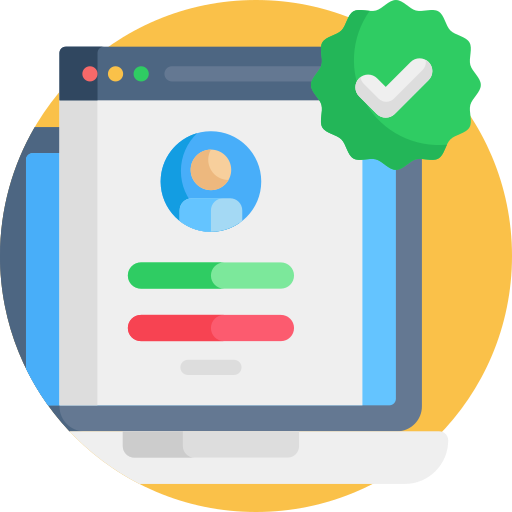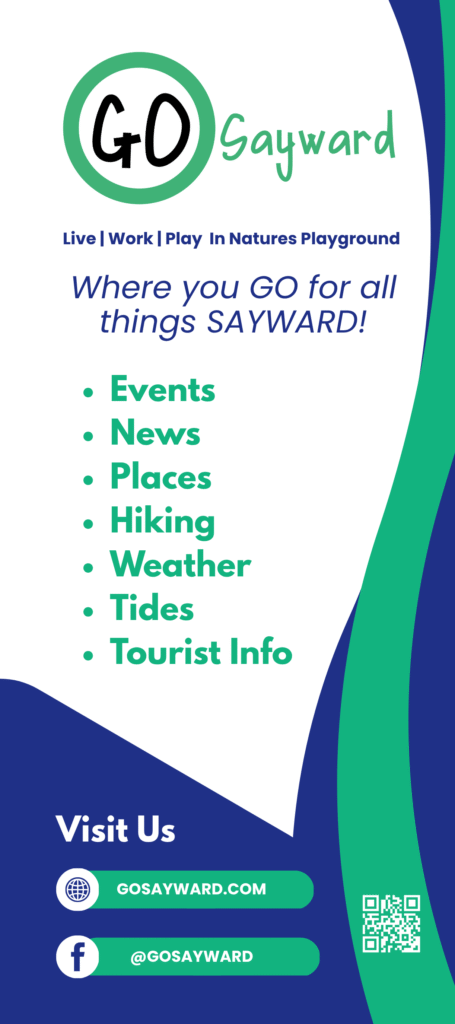
The Importance of Accessibility in Website Design
In today’s digital age, the internet has become an integral part of our lives, connecting people, businesses, and information across the globe. However, it’s crucial to remember that not everyone experiences the web in the same way. Web accessibility in website design ensures that everyone, regardless of their abilities or disabilities, can navigate and interact with websites effectively. In this blog post, we’ll explore the significance of accessibility in website design and offer practical tips for creating a more inclusive online experience for all.
Understanding Accessibility
Web accessibility refers to the practice of designing and developing websites in a way that accommodates a wide range of users, including those with disabilities. Disabilities can take many forms, including visual, auditory, motor, cognitive, and neurological impairments. Ensuring accessibility means removing barriers that might prevent these individuals from accessing and using websites.
Why Accessibility Matters
Inclusivity
The most obvious reason for prioritizing accessibility is to include as many people as possible in the online experience. By making your website accessible, you’re demonstrating a commitment to inclusivity and equal opportunity.
Legal and Ethical Obligations
In many countries, including the United States (under the Americans with Disabilities Act) and the European Union, there are legal requirements for websites to be accessible. Failing to comply with these laws can result in costly lawsuits and damage to your brand’s reputation.
Wider Audience Reach
An accessible website can attract a larger and more diverse audience. This translates to potential customers or users who might otherwise be excluded from your site if it’s not accessible.
Enhanced SEO
Search engines like Google reward websites that are accessible by ranking them higher in search results. This can improve your site’s visibility and drive more organic traffic.
Improved Usability for All
Accessible design often leads to better overall usability, benefiting not only people with disabilities but all users. For example, clearer navigation and well-structured content benefit everyone.
Practical Tips for Accessible Website Design
Use Semantic HTML
Properly structured HTML provides a foundation for accessibility. Use headings, lists, and other semantic elements to convey the content’s structure.
Provide Alternative Text for Images
All images should have descriptive alt text that conveys the content and purpose of the image. This is essential for users who rely on screen readers.
Ensure Keyboard Accessibility
Make sure all interactive elements (buttons, forms, links) can be operated using only a keyboard. Test the tab order to ensure a logical and intuitive flow.
Use ARIA Roles and Attributes
Accessible Rich Internet Applications (ARIA) attributes can enhance the accessibility of dynamic content, such as single-page applications. They help screen readers understand complex user interfaces.
Caption and Transcribe Multimedia
Videos and audio content should have captions or transcripts, making them accessible to individuals with hearing impairments.
Optimize Text Legibility
Choose fonts, colors, and text sizes that are easy to read. Ensure there is sufficient contrast between text and background colors.
Test with Real Users
Regularly test your website with people who have disabilities to get real-world feedback and identify areas for improvement.
Stay Informed
Web accessibility standards and best practices evolve. Stay updated with the latest guidelines, such as the Web Content Accessibility Guidelines (WCAG).
Conclusion
Creating an accessible website is not just about complying with legal requirements; it’s about fostering an inclusive digital space where everyone can participate and benefit. By prioritizing accessibility in your website design, you can reach a wider audience, improve your site’s usability, and demonstrate your commitment to social responsibility. Remember that web accessibility is an ongoing process, and by continually striving to make your website more inclusive, you’re contributing to a better online experience for all.





